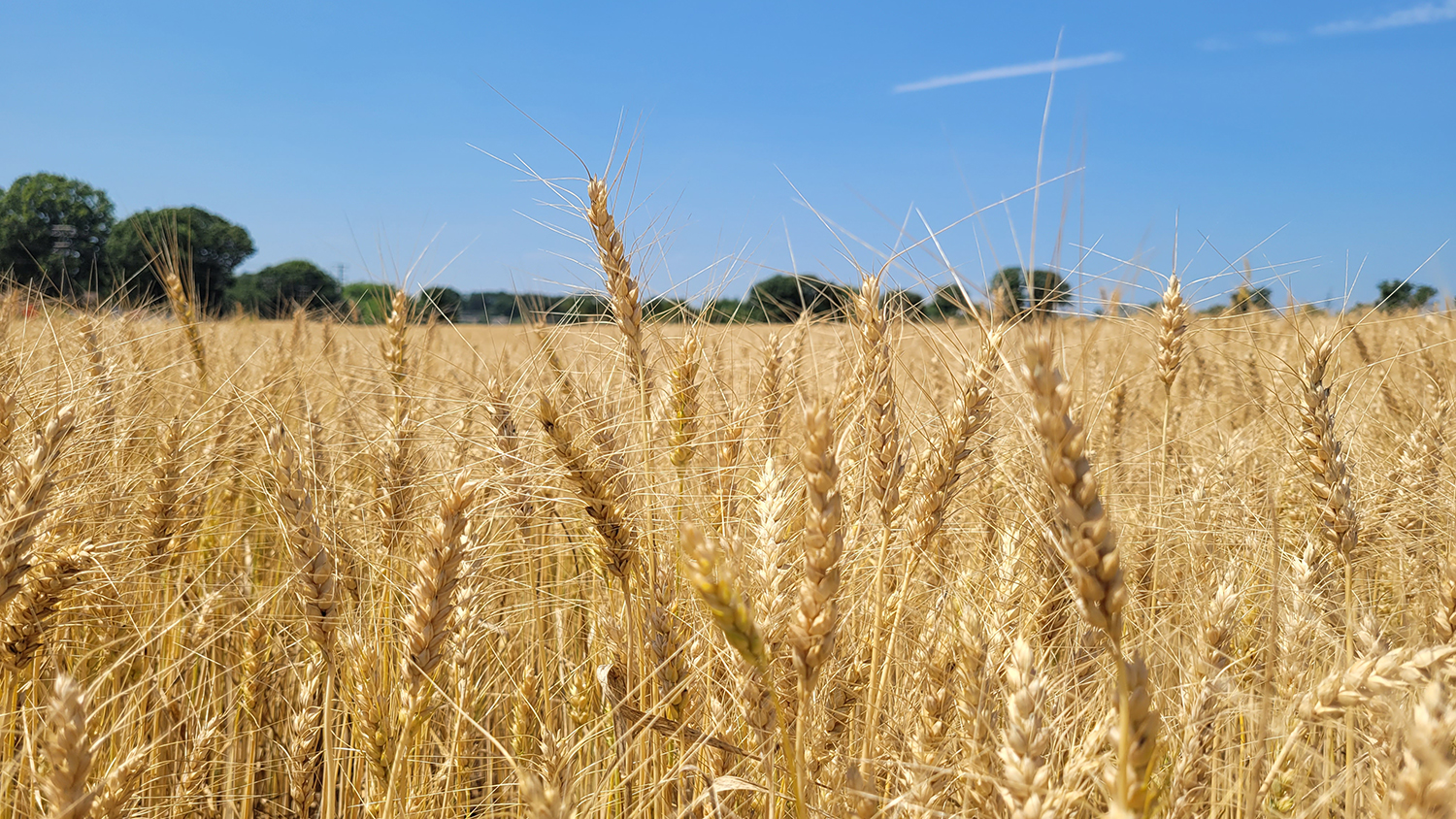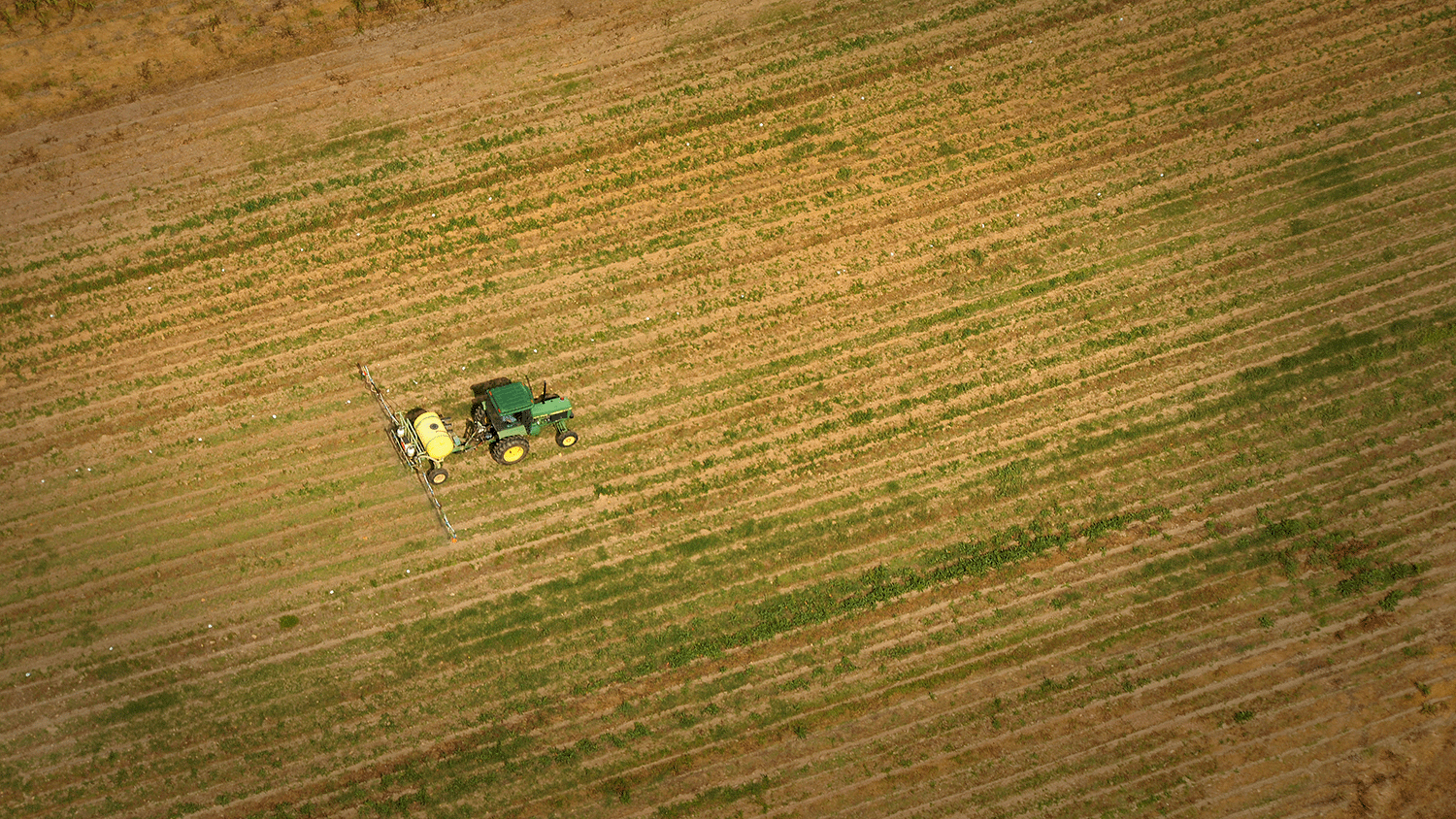By Jenny Carleo, Area Specialized Extension Agent – Grain Crops,
NC Cooperative Extension
and Heidi Schweizer, Assistant Professor and Extension Specialist,
Department of Agricultural and Resource Economics, NC State University
Grains and oilseeds are critical inputs to livestock production, as well as other end uses. Until now, however, grain procurement practices and preferences in a grain deficit state like North Carolina (NC) have not been comprehensively collected or publicly documented. This is important because after livestock, grains and oilseeds are the largest contributors to the North Carolina agricultural economy by cash receipts (NCDA 2022). According to USDA data shown in Figure 1, the collective value of NC corn, soybean, and wheat production has ranged between $962M and $1,879M for the past ten years.
To better understand the unique challenges their customers face, the North Carolina Small Grain Growers Association sponsored a survey of wheat buyers. The survey covered procurement preferences, types of services offered by wheat buyers, logistics challenges they experienced, and other related topics. Although many questions were specific to wheat, general information about grain and oilseed merchandising was also collected. In this article we present key findings of this study and consider their implications for the grain merchandising industry in North Carolina. The results suggest grain buyers face labor and export challenges, but also may have opportunities to increase profitability in the grain supply chain by providing enhanced products and services.
- Categories:



